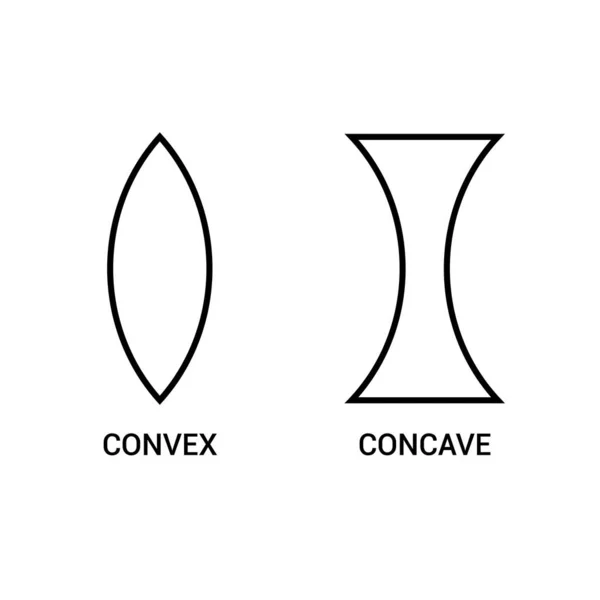In the fascinating world of physics, mirrors play an important role, especially concave and convex mirrors. Often mentioned in the same breath, these two are substantially different from each other. But what exactly sets them apart? Let’s dive deep into the Differences Between Concave and Convex Mirrors, learn about their unique properties, and discover how they are used in our everyday lives.
Differences Between Concave and Convex Mirrors
Table Contents
The Key Differences: Concave vs Convex Mirror
Now that we know what these mirrors are and their applications, let’s look at the key Differences Between Concave and Convex Mirrors.
| Aspect | Concave Mirror | Convex Mirror |
| Shape | Curves inward, resembling a cave. | Curves outward, bulging outwards. |
| Image Formation | Can produce both real and virtual images. Images can be the same size, magnified or diminished, depending on the object’s position relative to the mirror’s focal point. | Produces virtual, diminished, and upright images. |
| Uses | Shaving mirrors, headlights of vehicles, telescopes, etc. | Security mirrors, rear-view mirrors in vehicles, etc. |
| Reflection of Light | Converges light rays. | Diverges light rays. |
Understanding Mirrors
Before we differentiate between concave and convex mirrors, let’s understand what they are. A mirror is a smooth, highly polished surface that reflects light to form images. The nature of the image formed – whether it’s virtual or real, magnified or diminished – depends on the type of mirror.

What is a Concave Mirror?
A concave mirror, also known as a converging mirror, is a mirror that curves inward, like the interior of a bowl. This type of mirror converges light at a particular point known as the focal point, and it’s this unique characteristic that finds it being used in a variety of applications.
Applications of Concave Mirror
From shaving mirrors to automobile headlights, and telescopes, the uses of concave mirrors are wide-ranging due to their property of producing magnified and real images.
What is a Convex Mirror?
On the flip side, a convex mirror also referred to as a diverging mirror, bulges outward. Unlike its counterpart, the convex mirror diverges light rays, making them spread out. This trait impacts how images are formed and subsequently, where they are used.
Applications of Convex Mirror
Convex mirrors are commonly found in rear-view mirrors in vehicles and as security mirrors in shops, offering a wider field of view and producing diminished but upright images.
Frequently Asked Questions
- Why are concave mirrors used in headlights?
Concave mirrors are used in headlights because they can converge light at a single point and then project it forward, effectively illuminating the path ahead.
- Why are convex mirrors used for rear-view mirrors in vehicles?
Convex mirrors are used for rear-view mirrors in vehicles because they give a wider field of view, allowing the driver to see more of the area behind them.
- Can a concave mirror form a virtual image?
Yes, a concave mirror can form a virtual, upright, choice home warranty george foreman and magnified image when the object is placed between the mirror and its focal point.
- How does a convex mirror differ from a plane mirror?
While a plane mirror gives a virtual, upright, and same-sized image, a convex mirror provides a virtual, upright, and diminished image. Plus, a convex mirror offers a wider field of view than a plane mirror.
- Can we see our full image in a convex or concave mirror?
We can see our full image in a convex mirror due to its diverging nature that offers a broad view. However, seeing a full image in a concave mirror depends on the distance between the observer and the mirror. When close to the mirror, the image appears magnified and incomplete. When at a specific distance, known as the radius of curvature, the image appears full and of the same size.
Understanding the Differences Between Concave and Convex Mirrors not only helps us appreciate the science behind them but also informs why they are chosen for certain applications over others.

